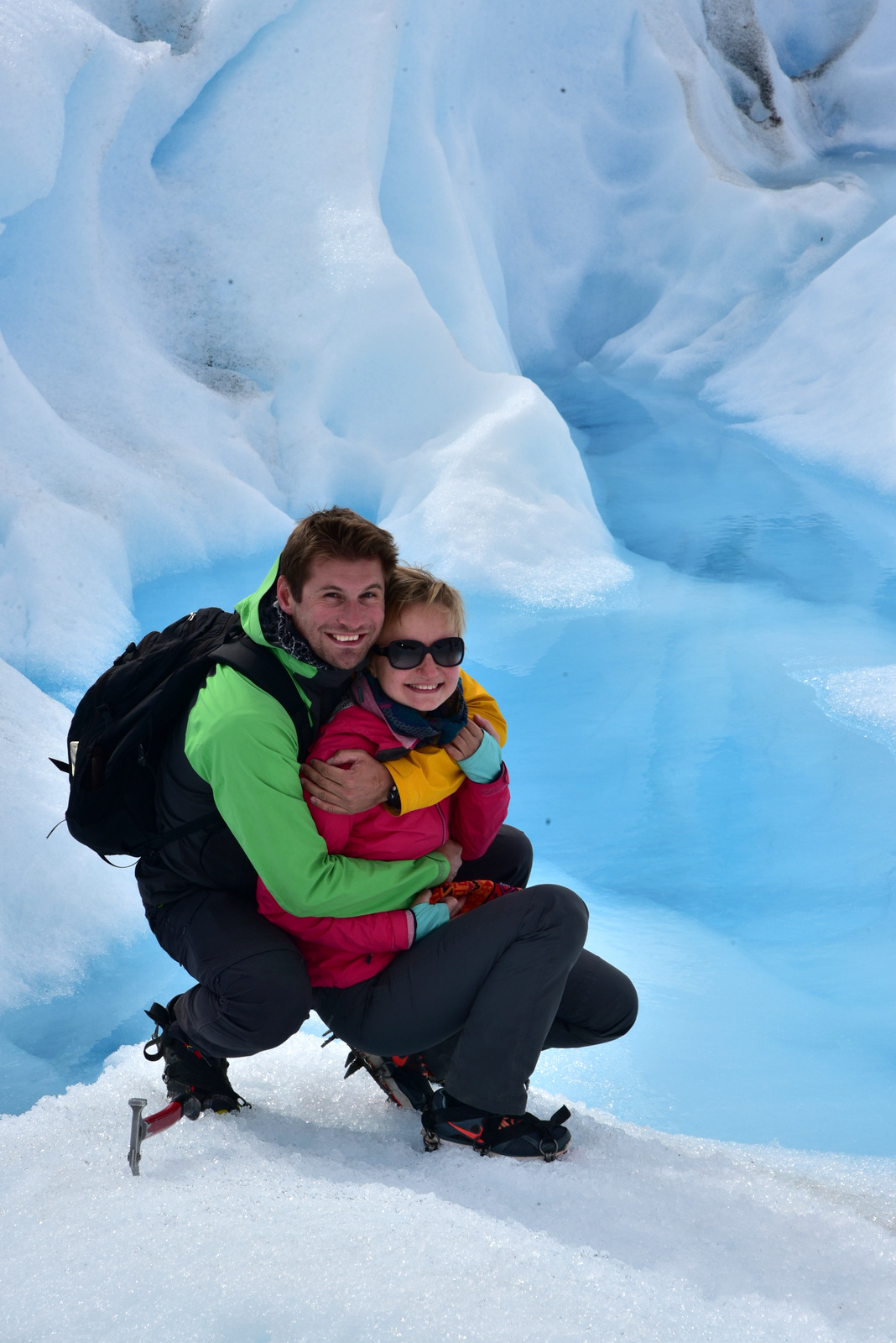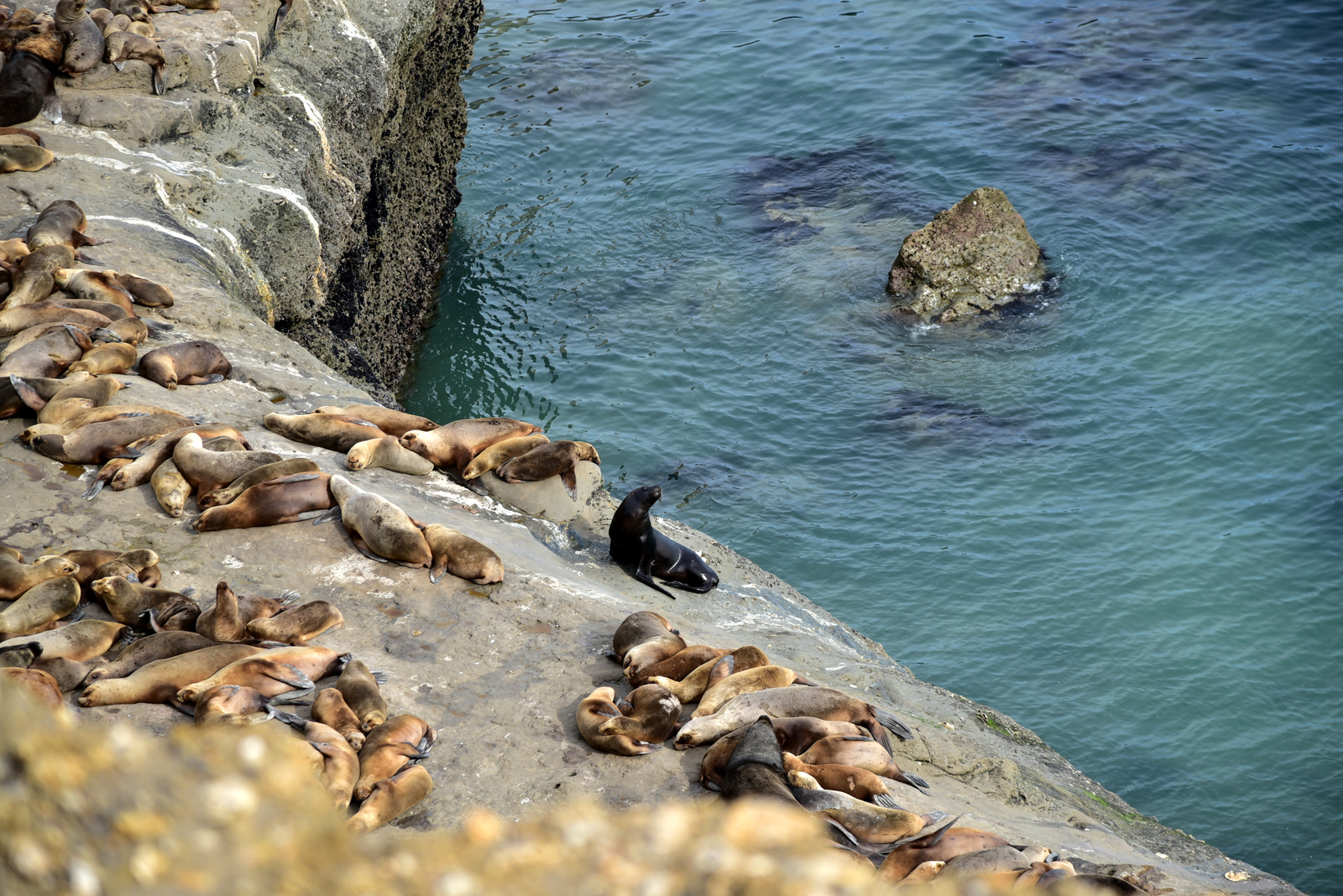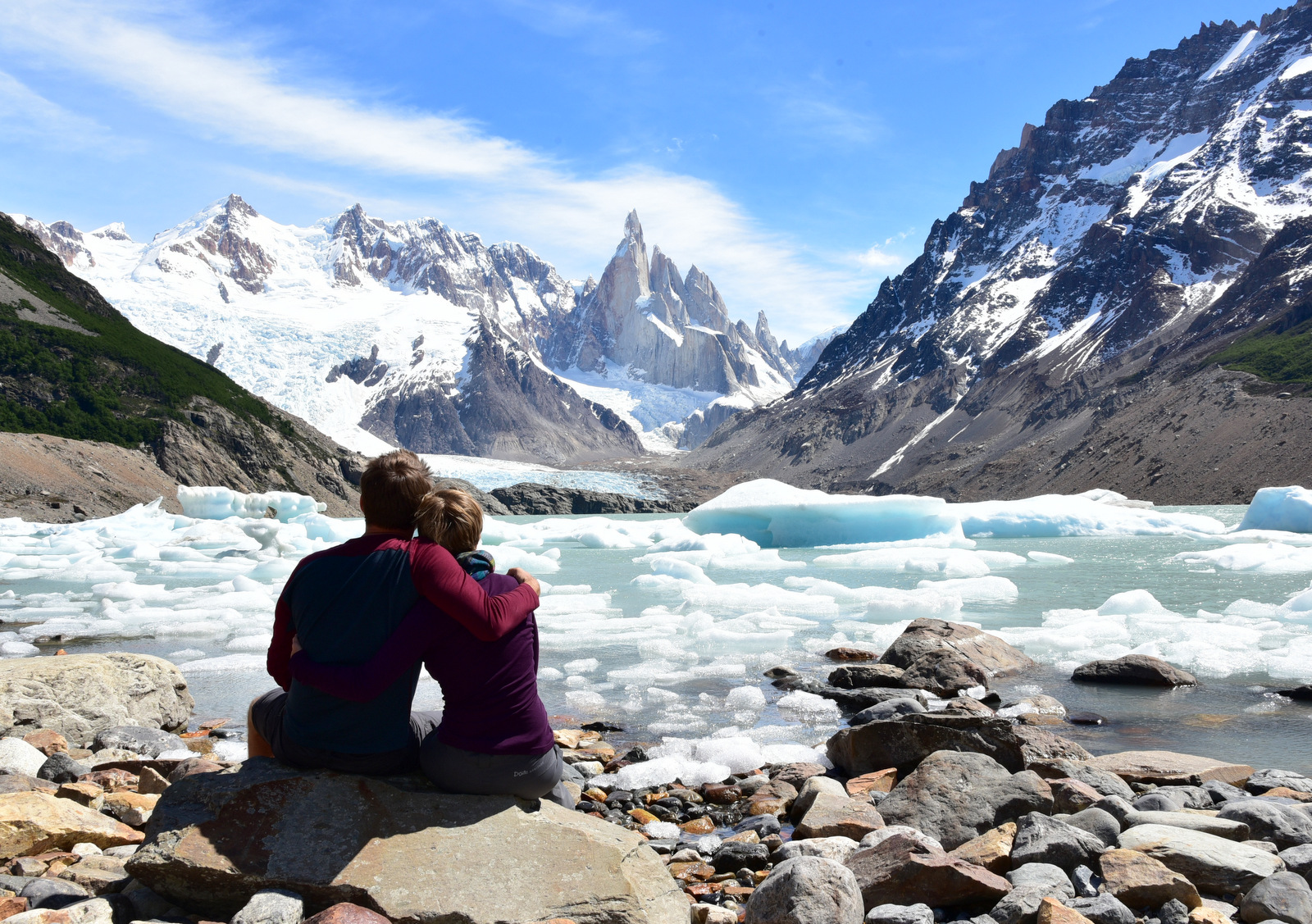Perito Moreno – walking on a river of ice
Blue…deep, intense, unbelievable blue! Do you know what flows continuously, changes its shape constantly, expands as far as you can see and has that mesmerizing color?
If your answer was the sea/ocean, you’re correct, but it’s not what I had in mind when I asked that question.
That’s the amazing color of one of the most famous glaciers in the world – Perito Moreno. This 150km long/5km wide at its bottom/170m deep river of blue ice flows about 2m every day into the turquoise Argentinian Lake.
Named after an Argentinian pioneer who studied the region and who helped Argentina obtain the surrounding territory after negotiations with neighboring Chile, it’s one of the most popular sights in Southern Patagonia. With roughly 250 km², it is not the biggest glacier in the Southern Patagonian Ice field, but it is the only one that has a constant surface with the passing of the time. Most of the glaciers in the world are shrinking with the global warming, but Perito Moreno is keeping its size almost constant.
Actually, it has even expanded over the last century to reach the opposite mountain and, in doing so, it divided the milky-turquoise lake Argentina, in which it flows, into two separate lakes. It acts like a barrage for the smaller, upper one. Every 4 or 5 years, when the accumulating water has enough pressure, it digs a small tunnel through the glacier which eventually gets bigger and bigger leaving just a bridge of ice on top of it at the end. This bridge collapses under its own weight less than a day later and the glacier becomes a barrage again for the lake. It’s one of the nature’s more impressive displays of awesome power, but unfortunately we could not witness it this time, as the last breach of the barrage took place earlier this year.
Perito Moreno is just an hour drive from El Calafate, the biggest city nearby and the departure point for expeditions leaving for the famous glaciers around (Upsala or Viedma are also quite popular and spectacular). The city itself lives from tourism and has many nice wooden lodges, delicious restaurants and chocolate shops catering to all needs.
One thing that we really hated about Argentina is that it has the biggest entrance fees for the national parks we’ve ever seen during our travels. Usually nature it’s free, as it should be. It’s not the case here as the Parque Nacional los Glaciares is leased to a private company that offers tours at exorbitant prices.
After quite some hesitation we decided to go all in and take a complete tour including a walk on the glacier, to fully experience its beauty. And boy, did we made the right choice!
When we first saw it from far away we were blown away by its size, color and just impressive beauty. For a few minutes we were literally saying only “WOOOW” every 5 seconds. The pictures bellow are able to express only a small part of what it feels like to be near it. As I said before, the ice flows about 2 meters per day into the glacial lake bellow where it slowly melts. In doing so, large blocks of blue ice regularly break from the 70m high wall and fall into the chilly water with a thundering sound. Some of the most impressive sounds we’ve heard were while on top of it when the thundering sound of ice falling was transmitted through the glacier without being able to locate its source.
After admiring it for a couple of hours from all sides we were taken with a boat to one side of it. It’s forbidden to climb the glacier without a guide and proper equipment, so we had crampons attached to our shoes before climbing on it. And then we began exploring all the valleys, deep blue rivers and lakes formed by the melting ice. I even drank from one river and it was one of the purest waters I’ve ever drunk. It strangely feels a bit like the desert with all the dunes in constant but slow movement. And at the end, after almost 2 hours of exploration, a glass of smoky whisky with some ice from the glacier itself was the perfect warming solution!
It was definitely one of the most intense and memorable experiences of this trip. We shall definitely be back in a few years to witness the rupture of the barrage!











































